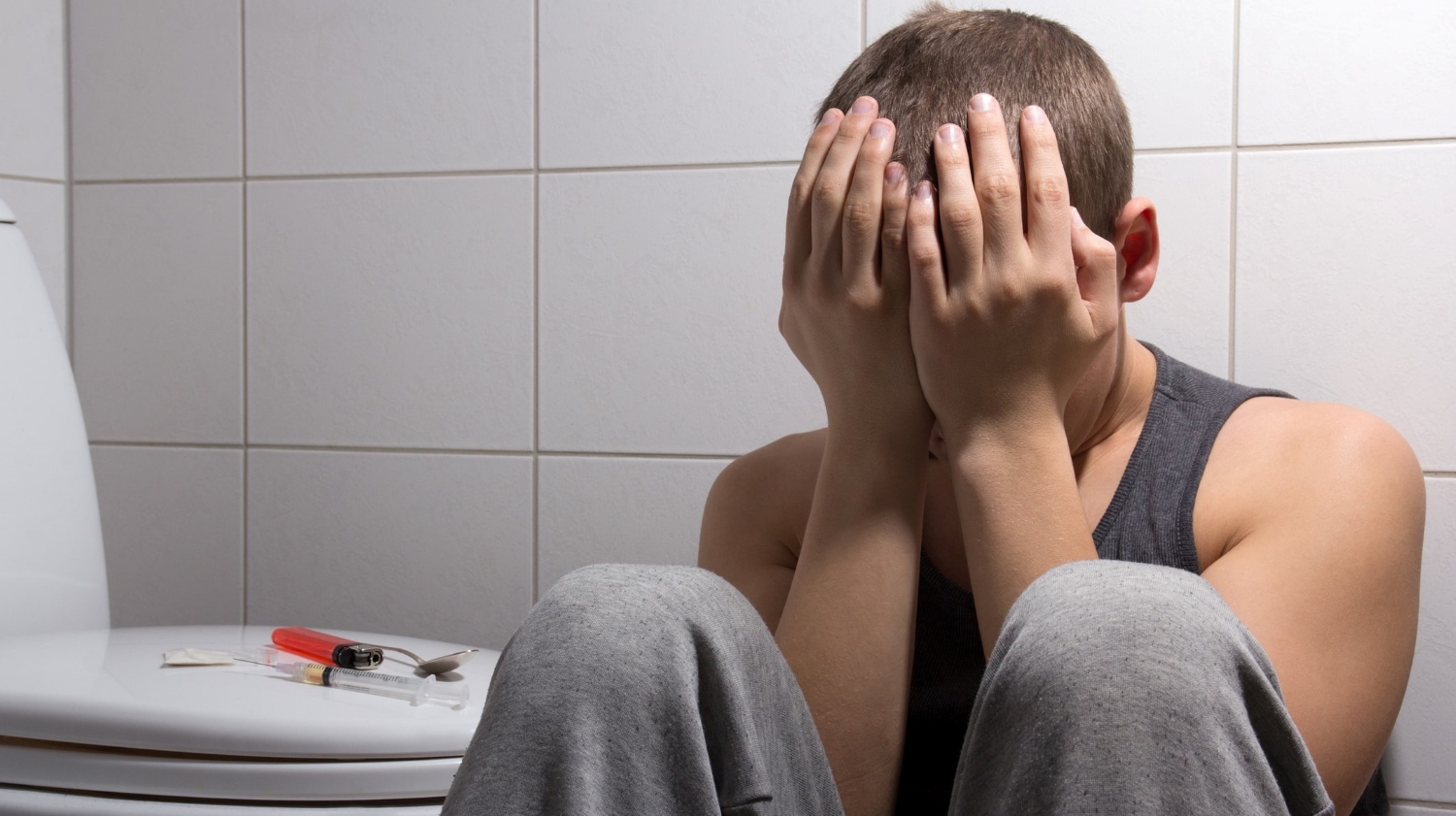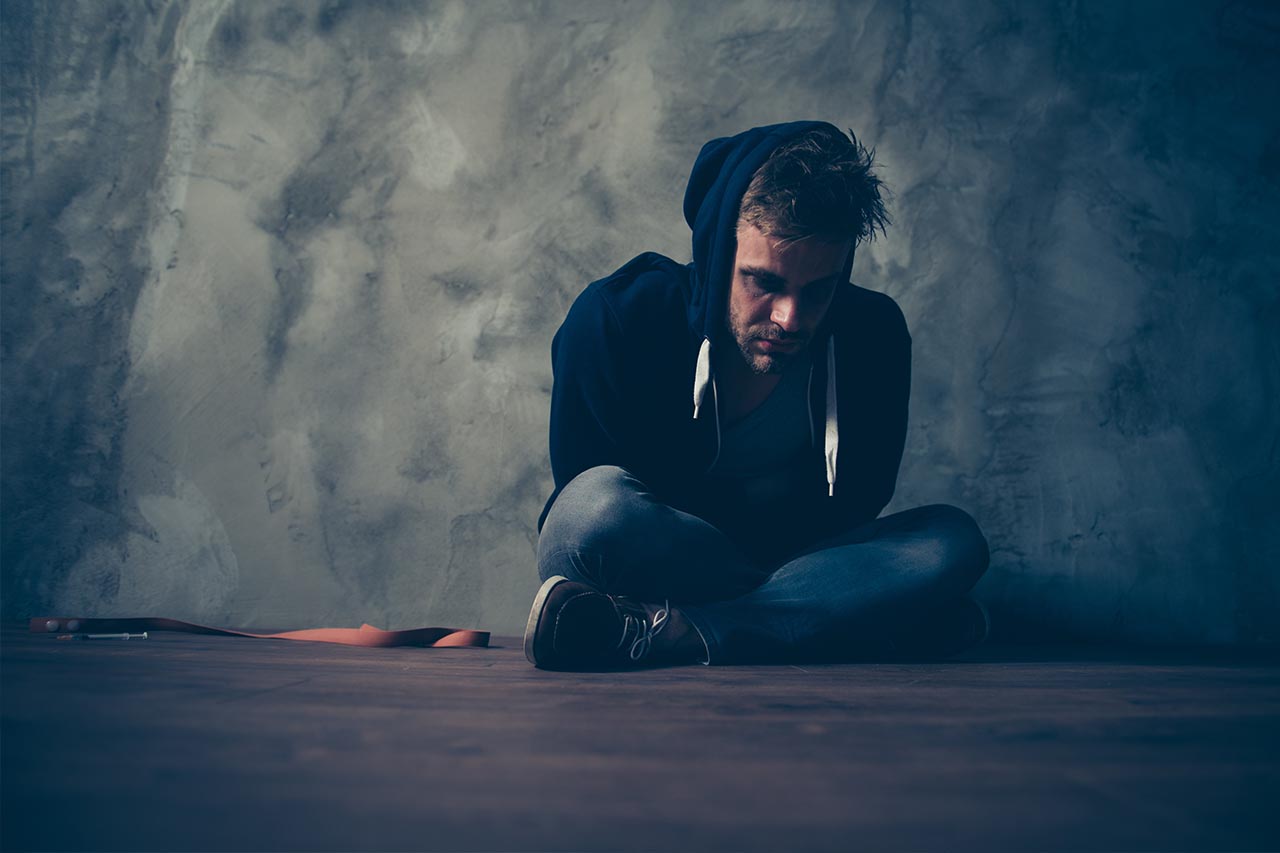Heroin Addiction Treatment
Los Angeles
Heroin Addiction in the United States
Heroin use has been increasing in the United States and throughout the rest of the world for a number of years now. Heroin is an opioid drug. Opioids, which are analgesic (pain-relieving) drugs, are legitimately prescribed by medical professionals to treat chronic and severe pain. Legal opioids are being prescribed liberally and even being used recreationally through illegal blackmarket channels. In fact, most people do not bat at an eye when they find out that someone is taking opioids. According to the Centers for Disease Control and Prevention, there are approximately 58 opioid prescriptions filled out for every 100 American citizens. This statistic does not account for the vast numbers of people who take opioid medications recreationally without a prescription. While use of these medications is normalized, synthetic opioids like fentanyl and oxycodone kill vast numbers of people every year. Addiction to synthetic opioids is also responsible for the surge in heroin users. After a while of abusing opioid medications, many conclude that it makes more sense to switch to heroin, which is cheaper and more widely available. Heroin use also poses significant danger to a person’s health and life.
For years automobile crashes were the number one leading cause of accidental death in the United States, but car crashes have now been superseded by drug overdoses. The primary culprit is opioids. In 2015 alone, 20,101 people in the United States died from overdosing on opioids. Estimates of the rate of death show that a person in the United States dies from an opioid overdose approximately every 12 minutes. This opioid epidemic owes its existence partly to a pharmaceutical industry that encourages doctors to overprescribe. Studies show that approximately 80% of people who try heroin started off using prescription opioids.

While it may be tempting for new users to justify their use of heroin by saying they’ll only do it once, opiate addiction, known in the medical community as opioid use disorder (OUD), is likely to develop quickly. People who are addicted to heroin use it compulsively. When they are not on it, they tend to suffer from painful side effects and withdrawal symptoms. The most obvious sign of an opioid use disorder is when an individual finds it challenging to control their use. It can be deeply demoralizing to try to stop using heroin and discover that one is unable to do so.
Heroin addiction doesn’t only destroy a person’s autonomy and self-esteem, it damages important relationships with friends and family and can make it difficult to fulfill personal ambitions. It is common for heroin addicts to lose their jobs, suffer from financial setbacks, and even rack up considerable debt. In their efforts to procure drugs without the requisite funds, many develop criminal records. Over the long term, heroin use also leads to severe problems with both physical and mental health. The health consequences over the short term can be disastrous too, since a fatal overdose is possible even the first time one uses the drug.
Since people with heroin addictions find it impossible to control their use on their own, it is crucial that they seek outside help. Drug addiction treatment programs for heroin addicts are widely available. Dealing with a heroin addiction usually is done in several steps. Different facilities are recommended for heroin addicts at different stages of recovery. These treatment centers make use of a variety of medical resources and evidence-based therapeutic modalities to help a person build a strong foundation for sobriety. The combination of prescription drugs that weaken cravings, support groups, and counseling that a rehab center provides not only treats the individuals’s compulsion to use heroin, but helps them develop a new approach to living as sober individuals.
Commonly Abused Substances
Signs of Heroin Abuse
Heroin users who experience extreme distress or difficulty functioning as a result of their substance abuse can be said to suffer from opioid use disorder (OUD). Opioid use disorder, which occurs when someone with a physical dependence on heroin begins to suffer mental health and behavioral health problems, can be fatal if it continues to progress. Side effeects of regular heroin abuse can be even more severe if the user injects heroin. Heroin overdose and other health complications can occur if a person does not find treatment. The American Psychiatric Association’s official guidebook for diagnosing people with mental health conditions is called the Statistical Manual of Mental Disorders, or DSM-5. This manual lists 11 symptoms of heroin addiction, which consist of the following:
Risks of Heroin Addiction
While the most tangible effects of heroin addiction are the dangerous health complications, anguishing withdrawal symptoms, and the potential for a life-threatening overdose to occur, tthe dangers of drug addiction extend to all aspects of life. A person addicted to heroin tends to prioritize drug use and drug-seeking behavior over everything else. As such, they usually suffer disastrous consequences in their work and family life. These consequences include losing a job, divorce, losing custody of a child, debt, incarceration, and even homelessness.

Opioid use disorder also tends to exacerbate pre-existing mental health conditions, such as depression and anxiety. People who use heroin are also at a higher likelihood of using other substances, such as crack cocaine and methamphetamines. Using these substances alongside heroin causes drug interactions that can significantly increase risks. Over the long term, drug addiction alters a person’s life to such an extent that they may find it difficult to recognize themself in the mirror.
The Physical Dangers of Fentanyl Abuse
- Drowsiness
- Confusion
- Constipation
- Nausea
- Slowed breathing
The physical dangers of this high potency medication vary widely depending on an individual’s method of consuming it.
- Drowsiness
- Confusion
- Constipation
- Decreased sexual function
- Nausea
- Slowed breathing
The physical dangers of heroin also depend somewhat on how a user uses it. When people inject heroin, they can suffer from collapsed veins and infections of the blood vessels. Unsafe practices can also increase the likelihood of exposure to HIV, hepatitis B and C, and other blood borne illnesses. These illnesses can be passed on to other people, such as spouses and children.
Over time, regular heroin use changes the physical structure of the brain. Heroin abuse damages the neuronal and hormonal systems, and it can take years before this damage is repaired. Heroin use deteriorates white matter in the brain, which can reduce an individual’s ability to handle stressful situations, make decisions, and control their own behavior. The loss of these abilities can make it even more difficult for a person to extricate him or herself from addiction, as well as affecting many other areas of an individual’s life, such as interpersonal relationships and work.
Heroin Addiction and Mental Health
It is common for people suffering from heroin addiction to suffer from additional mental health issues. Individuals with co-occuring mental health disorders are referred to in the medical community as “dual-diagnosis” or “comorbid.” People suffering from depression, anxiety, or other disorders often use addictive drugs and engage in substance abuse as a form of self-medication. Since the effects of heroin are euphoria and a reduction in anxiety, it should come as no surprise that many people with mental illness turn to heroin. Additionally, heroin addiction itself can be the cause of mental health disorders, due to its damaging interpersonal and psychological effects. Research done by the National Survey on Drug Use and Health indicates that approximately 9.2 million adults in 2018 were diagnosed as dual-diagnosis.

Dual-diagnosis individuals require a highly specialized level of care so that one condition does not trigger a relapse for the other. Treatment centers that specialize in dual-diagnosis treatment include partial hospitalization programs and many inpatient addiction treatment programs. An integrated plan combining addiction recovery resources, medication, and cognitive behavioral therapy can provide dual diagnosis patients with relief from whatever multitude of conditions they suffer from.
The Dangers of Quitting Heroin By Yourself
Quitting heroin without outside help is nearly impossible for most people. This is because heroin causes opioid receptors in the brain to release enormous amounts of dopamine. Dopamine is a chemical that affects the reward centers of the brain. When dopamine floods the brain, whatever behavior triggered the release is reinforced, and people are motivated to repeat that experience. Since heroin releases such high quantities of dopamine, the areas of the brain that control motivation and willpower are profoundly altered by substance abuse. For this reason, even though it is sometimes possible for people addicted to heroin to stop using for a while, most of them will be drawn back to the drug.

Another factor that makes quitting heroin alone a difficult undertaking is the withdrawal process. People suffering from a physical dependence on heroin inevitably experience a variety of painful symptoms when they quit heroin cold turkey. These symptoms include muscle aches, heavy sweating, irregular heart rhythms, high blood pressure, and gastrointestinal issues such as diarrhea and vomiting. At a heroin detox facility, trained medical and addiction professionals can provide the support that people need while they’re withdrawing. Medical detox facilities can prescribe medications that reduce these symptoms and the associated cravings. They can also help individuals develop a long treatment plan to treat drug addiction after the withdrawal process ends.
Opiate withdrawal usually begins quickly after an individual stops using. While unlikely to be life-threatening, people who experience withdrawal are likely to suffer excruciating pain and anguish. Symptoms include:
- Sleep problems
- Muscle aches and bone pain
- Vomiting and diarrhea
- Rapid heartbeat
- High blood pressure
- Cold flashes and goosebumps
- Uncontrollable leg movements
- Runny nose
- Excessive sweating
- Intense drug cravings
Within 6 to 12 hours after the last dose of heroin, opioid receptors in users’ brains begin to recognize that they are not getting their accustomed dose. Most people suffer from muscle aches, anxiety, general body pains, fatigue, insomnia, and heavy sweating. It is common to begin experiencing severe drug cravings as well.
At some point between the 24 hour and the 72 hour mark, the side effects of opiate withdrawal reach their peak. Many individuals experience more intense versions of their previous symptoms, as well as chills and gastrointestinal problems such as vomiting and diarrhea. People withdrawing from severe heroin addictions often report a feeling that time has slowed down, which can make the detox process feel all the more arduous.
After approximately 7 days, many of these symptoms begin to subside. However, the vast majority of people with opioid use disorder continue to experience a range of symptoms to some degree, often for several months. This is known as post-acute withdrawal syndrome.
Medical detoxes can provide a safe and supportive environment for people experiencing the misery of heroin detox. Detoxes can also help people enroll in addiction treatment programs once they have physically withdrawn from heroin. Withdrawal from heroin is a major achievement, but it is merely the first step towards recovery from addiction.
Heroin Addiction Treatment at Create Recovery Center
Create Recovery Center’s heroin addiction treatment program is run by counselors and medical professionals with years of experience handling addiction. We offer a number of levels of care for people at different stages of recovery from heroin addiction. All of these programs provide individuals with a safe, nonjudgmental environment where they can receive the support they need to develop the tools for sobriety.
It is Create Recovery Center’s philosophy that long term sobriety requires more than mere physical abstinence. To that end, we work with patients to help them develop strategies and skills for living healthy and fulfilling lives. To ensure that every individual is ready and prepared for their new lives, we offer a number of services.

Services we offer include:
If you’re ready to escape from the vicious cycle of heroin abuse, Create Recovery Center promises to be with you every step of the way. Contact us today if you’re ready to make a change. Long term sobriety is only a phone call away.









